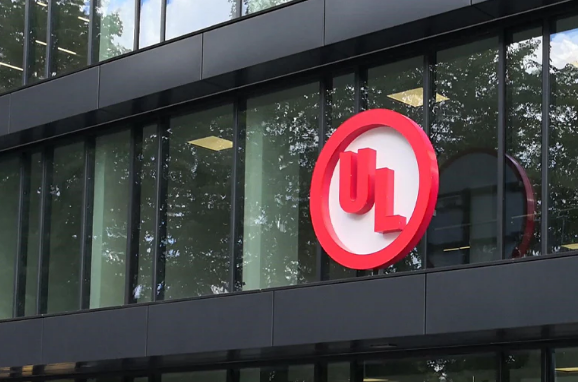In the realm of product safety and compliance, the RCM 인증서 shines as a beacon of assurance. This certification, recognized across the globe, is a testament to a product’s adherence to rigorous standards. However, the journey to obtain the RCM Certificate is not without its challenges. In this exploration, we unveil the power of the RCM Certificate by delving into its advantages and potential obstacles.
The Advantages of RCM Certification:
Global Market Access:
The RCM Certificate serves as a golden key, unlocking access to international markets. Products bearing this mark are welcomed in regions like Australia and New Zealand, as well as various countries worldwide. Manufacturers benefit from expanded market reach and increased export potential.
Safety and Compliance:
At its core, the RCM 인증서 signifies safety and compliance. It assures consumers that the product has undergone stringent testing, meets relevant standards, and poses no undue risks. This builds trust, bolstering a product’s reputation and increasing consumer confidence.
Reduced Redundancy:
The RCM Certification harmonizes standards, reducing the need for multiple certifications to access different markets. This streamlines the certification process, saving both time and resources for manufacturers.
Quality Assurance:
By adhering to the RCM certification process, manufacturers are encouraged to maintain high-quality products. Rigorous testing ensures that only products meeting stringent criteria receive the coveted RCM mark.
Competitive Edge:
In an increasingly competitive market, the RCM Certification offers a valuable edge. Certified products often stand out from their uncertified counterparts, attracting more discerning customers and partners.
The Potential Challenges of RCM Certification:
Complexity of Standards:
The standards required for RCM Certification can be intricate and overwhelming. Manufacturers must carefully navigate these standards, which may vary depending on the product category. Compliance demands a deep understanding of the requirements.
Resource Allocation:
Obtaining the RCM Certificate may require significant resources, both in terms of time and money. Manufacturers must invest in testing, documentation, and potentially redesigning their products to meet the required standards.
Ongoing Compliance:
RCM Certification isn’t a one-time achievement; it necessitates ongoing compliance. Manufacturers must stay updated on evolving standards and ensure that their products continue to meet these requirements.
Market Specifics:
While the RCM 인증서 offers access to multiple markets, some regions may have unique criteria or additional certifications. Manufacturers must be aware of these nuances to avoid potential setbacks.

Case Study: Lighting the Way with RCM Certification
Let’s consider the case of a lighting manufacturer seeking RCM Certification for their innovative LED lighting system. The advantages are evident: global market access, safety assurance, and a competitive edge. However, the challenges emerge during the certification process.
The manufacturer invests resources in testing and quality assurance to meet the intricate standards. This requires redesigning certain components and documenting every step meticulously. The complexity of standards adds to the timeline and costs.
Yet, the manufacturer perseveres, driven by the promise of international recognition and trust in their product. With the RCM Certificate proudly displayed on their LED lighting, they enter global markets with confidence.
Conclusion
The RCM Certificate offers a world of advantages to manufacturers, from global market access to heightened product quality. However, these benefits come hand in hand with the challenges of navigating complex standards, allocating resources, and ensuring ongoing compliance.
In the grand scheme, the power of the RCM 인증서 lies in its ability to balance these scales. It rewards manufacturers who prioritize safety, quality, and global accessibility, even if the journey is marked by hurdles. The RCM mark remains a symbol of excellence, guiding both manufacturers and consumers toward a brighter and safer future.













